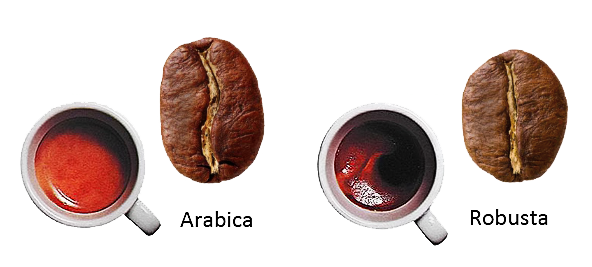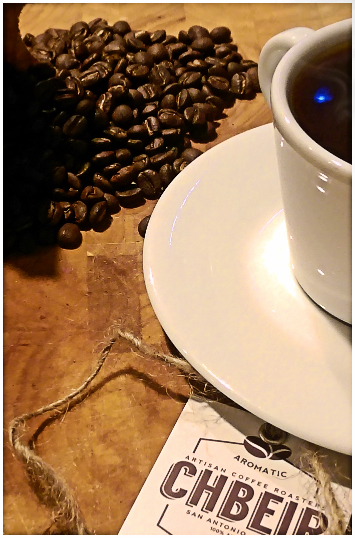RSM COFFEE CO.
Artisan Coffee Roasters
Coffee Brewing Basics
Our services run deep and are backed by over ten years of experience.

What is Arabica and Robusta?
All coffee beans come from plants in the genus Coffea. There are two strains of coffee plants. Arabica, which grows at higher altitudes, produces the finest coffee. It can be enjoyed unblended because of its quality. Robusta, on the other hand, can grow at lower altitudes, and is commonly used as a filler to make the Arabica go further in commercial grade coffee. Specialty Gourmet coffee is made up of 100% Arabica. Arabica is genetically distinct: it has four sets of chromosomes, whereas robusta, and liberica each
have two.

What are some Brewing Tips?
When possible buy whole, freshly roasted beans and grind immediately before brewing.
Grind coffee appropriately for coffee maker being used.
Always start with a clean coffee maker. Use freshly drawn water free from any aftertaste, avoid distilled water.
Water temperature for maximum brewing should be between 195 and 200 degrees.
Ratio should be 3.5 oz for every 64 oz of water; adjust strength to taste by using more or less coffee.

What are some Storage Tips?
Keep coffee in an airtight container as it will absorb neighboring odors.
If kept in original bag, always re-close bag, folded tightly, to the level of the beans to minimize air in the bag.
Keep in a cool, dry place.
How much ground coffee should I use?
A standard “cup” of coffee uses six ounces (177 ml) of water. The SCAA’s standard measure of ground coffee for this quantity of water is 10 grams (+/- 1 gram) or slightly over a third of an ounce (or, simply, two tablespoons). Since the ground coffee will absorb water, you will be left with approximately five and one-third ounces of coffee.
Unless stated otherwise, the preceding is the ratio used in the FAQ’s descriptions. Most coffee scoops and water chambers will be calibrated to this standard, but that is not necessarily so; the country of manufacture may result in different calibrations, and some measures may simply be wrong. Accurate scales can help verify how much a particular scoop holds.
Recommendations to grind more finely and thereby use less coffee are simply wrong. Grind fineness is related to steeping time; using less but finer coffee will make the resultant product bitter; using less coffee under these circumstances will make a weak, bitter cup.

What are Roasting Degrees?
Medium Light, City Roast
Medium, light brown color. The acidity brightens and the body increases slightly. The bean is still dry.
Medium, Full City Roast
Medium brown color. The acidity continues to increase and the body becomes more potent. The bean is mostly dry.
Medium Dark, Viennese Roast
Rich brown color. Very small droplets of oil appear on the surface. The acidity is slowly diminished and body is most potent.
Dark, French Roast
Deep brownish/black color. The bean has spots of oil or is completely oily. Subtle nuances are diminished. Roast flavor diminishes.
Very Dark, Italian Roast
Black surface covered with oil. All subtle nuances are gone, aroma is minor and body is thin. This roast is characteristic of American Espresso.

What is a Cup of Excellence?
Cup of Excellence selects the very best coffee produced in a coffee producing county for that particular year. They are cupped at least five different times during the competition process.
The final winners are awarded the prestigious Cup of Excellence and sold to the highest bidder during an internet auction. These coffees are perfectly ripe, carefully hand picked with well developed body, pleasant aroma and a lively sweetness that only extremely high quality specialty coffees contain. Each winning coffee has its own unique signature flavor. We are proud to offer a wide variety of Cup of Excellence Coffees. Every year we pick our favorite of these awarded coffees and skillfully roast to unlock the most unique flavors that these coffees have to offer.

CONTACT US
(210) 996-3057 info@rsmcoffee.com RSMCOFFEE.COM
*FREE Standard Shipping on all Orders $35+
2017 RSM COFFEE CO.©